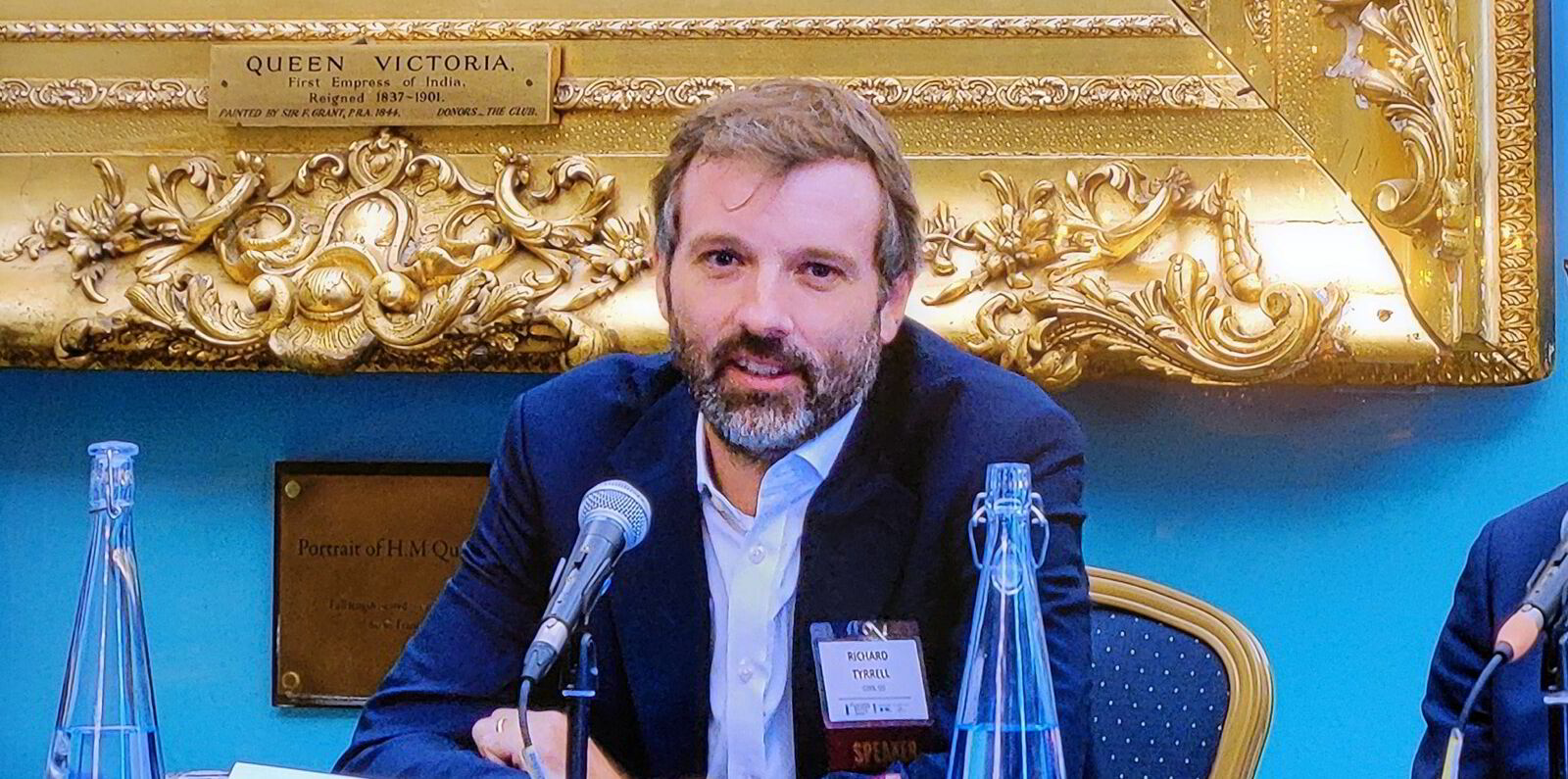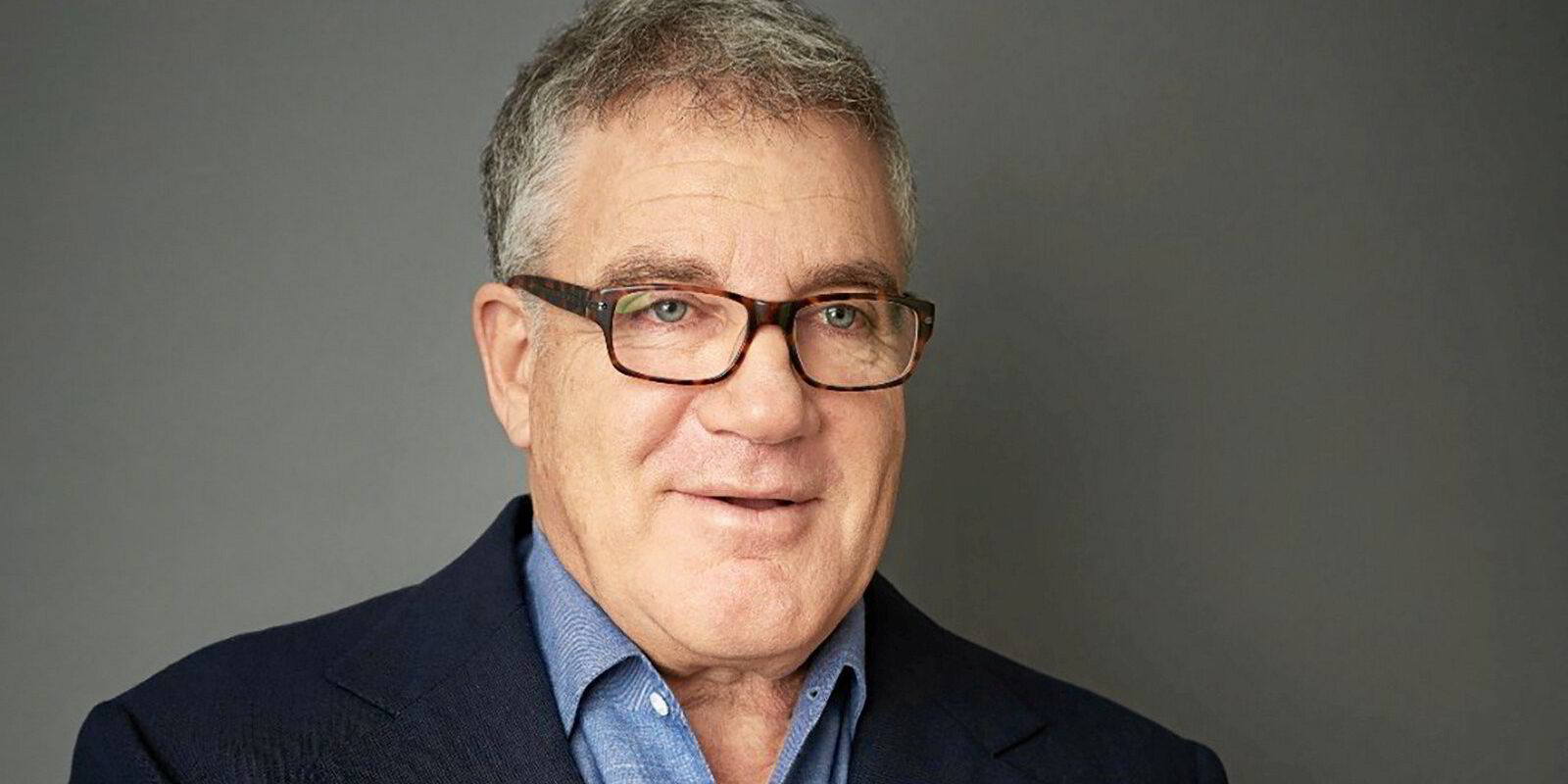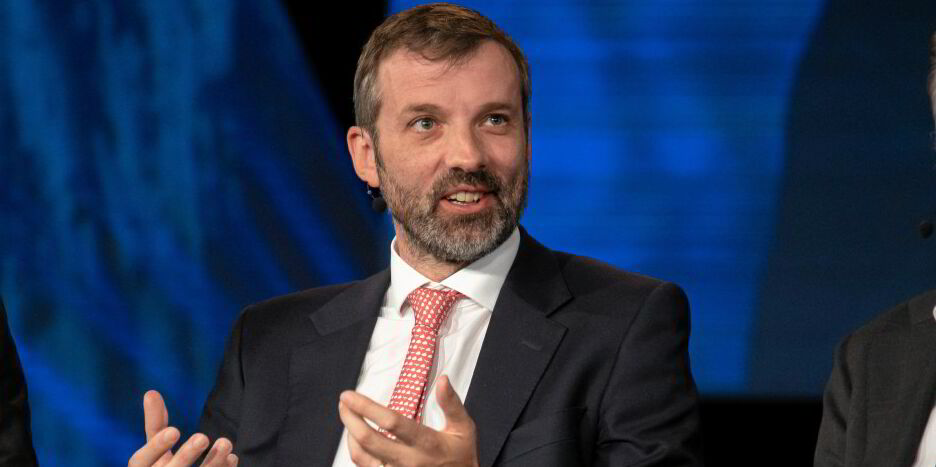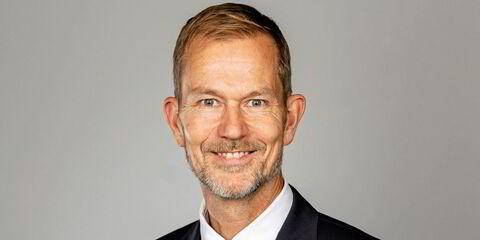Idan Ofer’s Cool Company has obtained commercial bank approval for a refinancing of its existing $570m bank facility.
The refinancing into a revolving credit facility will provide approximately $120m in additional borrowing capacity.
“CoolCo anticipates that current market conditions will provide growth opportunities, which it intends to seize from a position of strength,” Richard Tyrrell, chief executive of CoolCo, said in the third-quarter report.
The refinancing will reduce the margin and extend the maturity to late 2029, including two one-year extension options.
After the transaction closes, the nearest debt maturity will come due in 4.5 years.
CoolCo reported total operating revenues of $82.4m for the third quarter, compared to $83.4m for the second quarter, due to three vessels undergoing scheduled drydocking during the quarter.
Net income was $8.1m, compared to $26.5m for the previous quarter.
The decrease was primarily related to a loss in mark-to-market interest rate swaps, CoolCo said.
The achieved average time charter equivalent earnings were $81,600 per day, compared to $78,400 per day for the second quarter, primarily due to contribution from one vessel that recently started a higher rate charter.
Tyrrell said: “Our contracted fleet and efficient dry-docking enabled us to reach the upper end of TCE guidance for the third quarter, despite a soft market backdrop that is expected to impact us in the fourth quarter.”
The owner also took delivery of the 174,000-cbm newbuild, Kool Tiger (built 2024), from the shipyard in October.
The vessel was repositioned in the Atlantic Basin for spot market employment on an interim basis until a long-term charter is secured.
“While we work to secure their long-term employment, the newly delivered Kool Tiger and the available Kool Glacier are currently subject to weaker rates in the short-term market,” the CEO said.
“However, by design, our backlog from our remaining 10 vessels and one newbuild vessel, set for delivery in January, limits our exposure.”
The company has a weak outlook for the spot market during the winter season.
“This winter’s market is expected to be impacted by unfavourable short-term trading dynamics and the delivery of order book vessels in the fourth quarter ahead of the new LNG supply they are intended to serve,” Tyrrell said.
The report said: “There remains a material disconnect between conditions and sentiment in the spot and short-term charter markets and those in the more stable, long-term time charter market.”
“Additionally, high prices in Europe have closed the EastWest arbitrage that would result in a greater number of cargoes shipping to the distant East.
Tyrrel said these trading dynamics could quickly reverse, however, vessels delivered ahead of their intended liquefaction projects would be absorbed in stages throughout 2025.
“If the current market has a silver lining, it is the knocking out of the steam-turbine vessels from the fleet,” he said.
“These are falling off charter at a rate of 20-30 per year (in addition to the 92 that have already reached this age), not being extended, and exiting the active market in a way that cannot be easily reversed,” he reasoned.
The long-term market outlook remains supported by the pipeline of new liquefaction projects that have already reached final investment decisions and are set to increase the total volume of LNG on the water by more than 50% in the coming years, according to the report.
Tyrrell said: “Longer-term, LNG remains the transition fuel of choice with well-established geopolitical credentials that are highly supportive of future development.
“It is expected that the moratorium on new LNG export projects in the US will soon be relaxed, resulting in material additional shipping demand towards the end of this decade,”
CoolCo cut the quarterly dividend to $0.15 per share from $0.41 for the second quarter.
“In connection with our current drydocking cycle (with three dry-dockings either finishing or starting during the third quarter), we have also reduced the quarterly dividend payment in line with our variable dividend policy’s parameters and expanded this policy to include a share repurchase programme as a capital return alternative, approving a buyback program of up to $40 million over 24 months,” Tyrrell said.
“By targeting repurchases of shares trading well below our net asset value, and our own assessment of the inherent value and prospects of the business, we aim to capitalize on the current market price of our shares and deliver enhanced value to our shareholders.”






